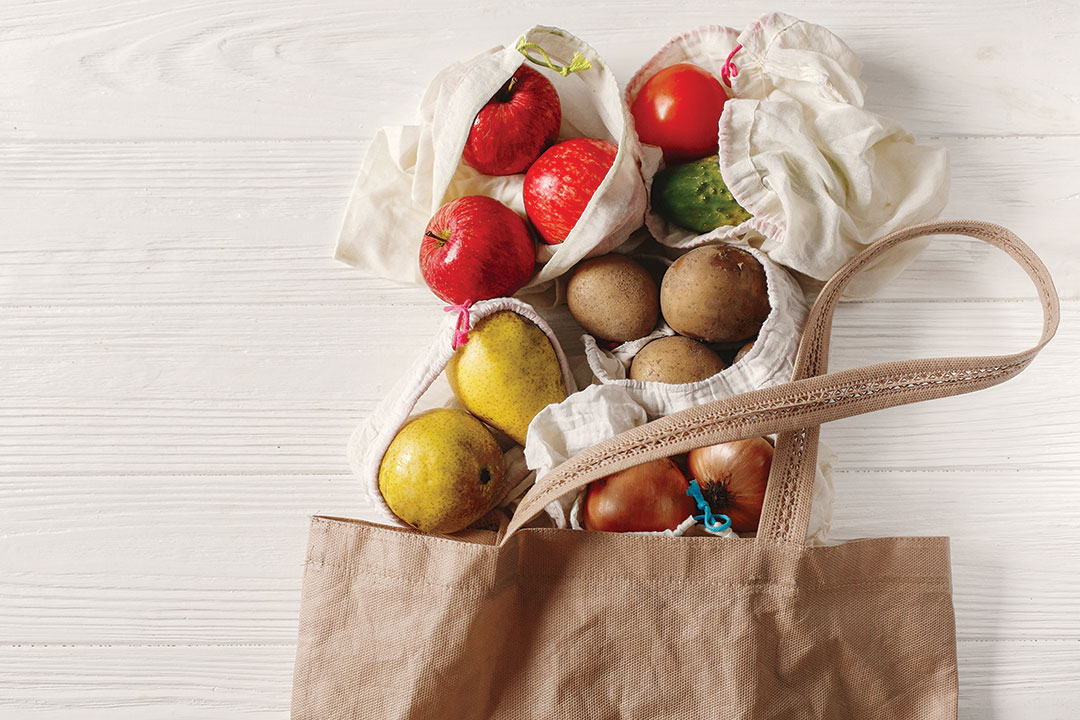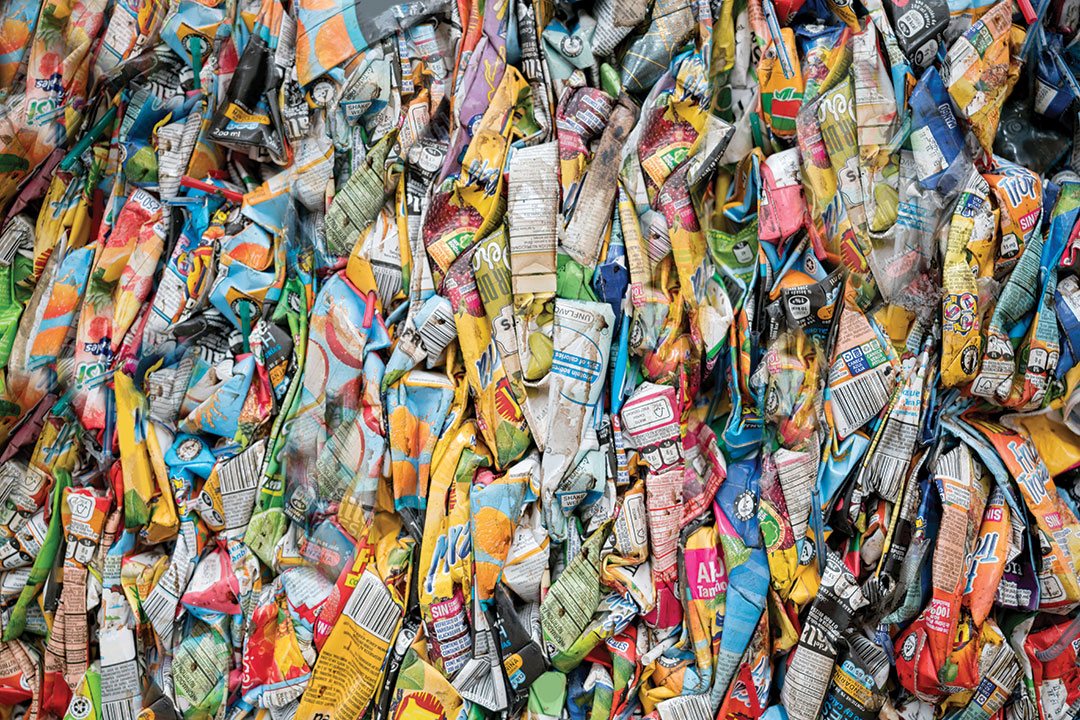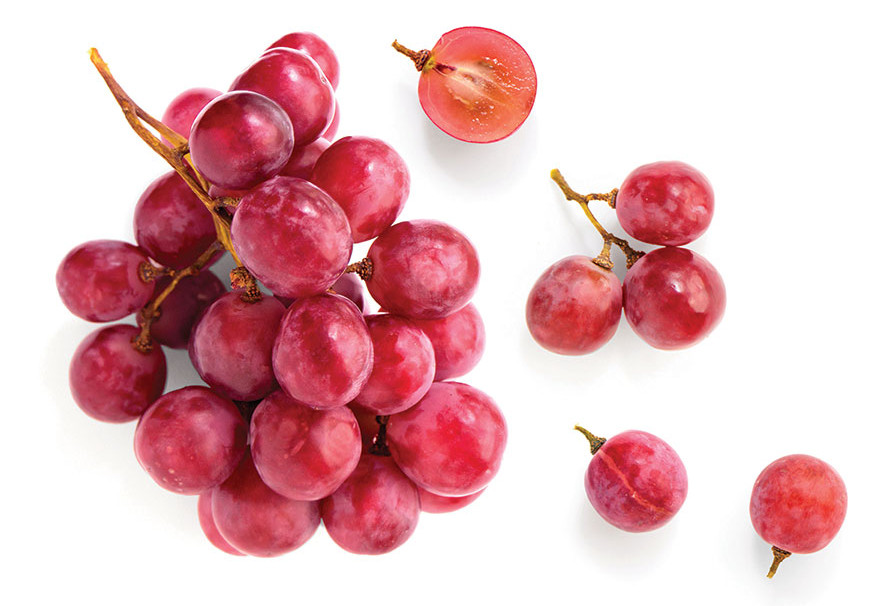
Carpe Vinum
Grapes are one of the most extensively cultivated crops in the world with almost 63 million tonnes produced worldwide. 75% of the total grape production is used to produce wine. It takes about 1.2 kg of grapes to produce a standard 750 milliliter bottle but, for every 2 bottles of wine made, there is one bottle’s worth of pomace, the general term for any solid material leftover after wine has been made.
The processing of grapes in wine making generates 25% of solid waste. According to data from the International Organization of Wine (OIV), 90 kg of grapes generate 25 kg of waste, among which 50% are grape skins, 25% stems and 25% seeds. The question is, even though the liquid has been squeezed out, all the material left behind has a variety of potentialities. In this case, one perfectly could say: “What a waste!”
Stems
Raw material in paper and building materials industries. Due to its high content of potassium and other mineral components, it is often used in the composting process for soil fertilization. Also used as fuel.
Skin
Used as humic fertilizer (both dry and wet), incorporated in animals compound feeding stuffs, and still used as fuel.
Seeds
Could be used to extract oil. Other uses involve tannin extraction for both wine and pharmaceutical industries, and feed and fertilizer industries. Also feasible to be used as fuel.
Flesh
Contains sugar, water, aromas, potassium, tartaric and malic acid. In white wine making, the pulp provides the bulk of flavor and acidity. Red wines get their flavor first from the skins.
THE GRAPES OF TRASH
Whatever its color or characteristics, pomace (or “marc”, in French) has always been regarded as a waste product winemakers have had to deal with. Its composition depends largely upon the kind of wine that is being made. When making white wine, the juice is pressed out of the grapes first, before fermentation. The resultant pomace is rich in sugar, nitrogen, aminoacids and other goodies. When making red wine, the grapes are fermented along with the juice. The resultant red grape marc, pressed off after fermentation, is depleted in sugar and gives up many of its tannins and colored compounds into the wine.
The elaboration of vinegars, spirits or ethyl alcohol, were the main traditional solutions found for these wastes. Some wineries also sell their pomace to silage processors who turn it into feed supplements for cattle. Others choose to recycle their pomace as compost in the vineyard. And, when none of the options above aren’t feasible, sometimes, pomace just ends up in the local landfill. Now, the most innovative lines of research are directed towards the development of dietary supplements, pharmaceuticals, cosmetics and energy, relying on the broad spectrum of biological benefits wine industry residues have in their constitution.
The global wine industry produces about 14 million tonnes of pomace every year, according to the Food and Agriculture Organization of the United Nations.
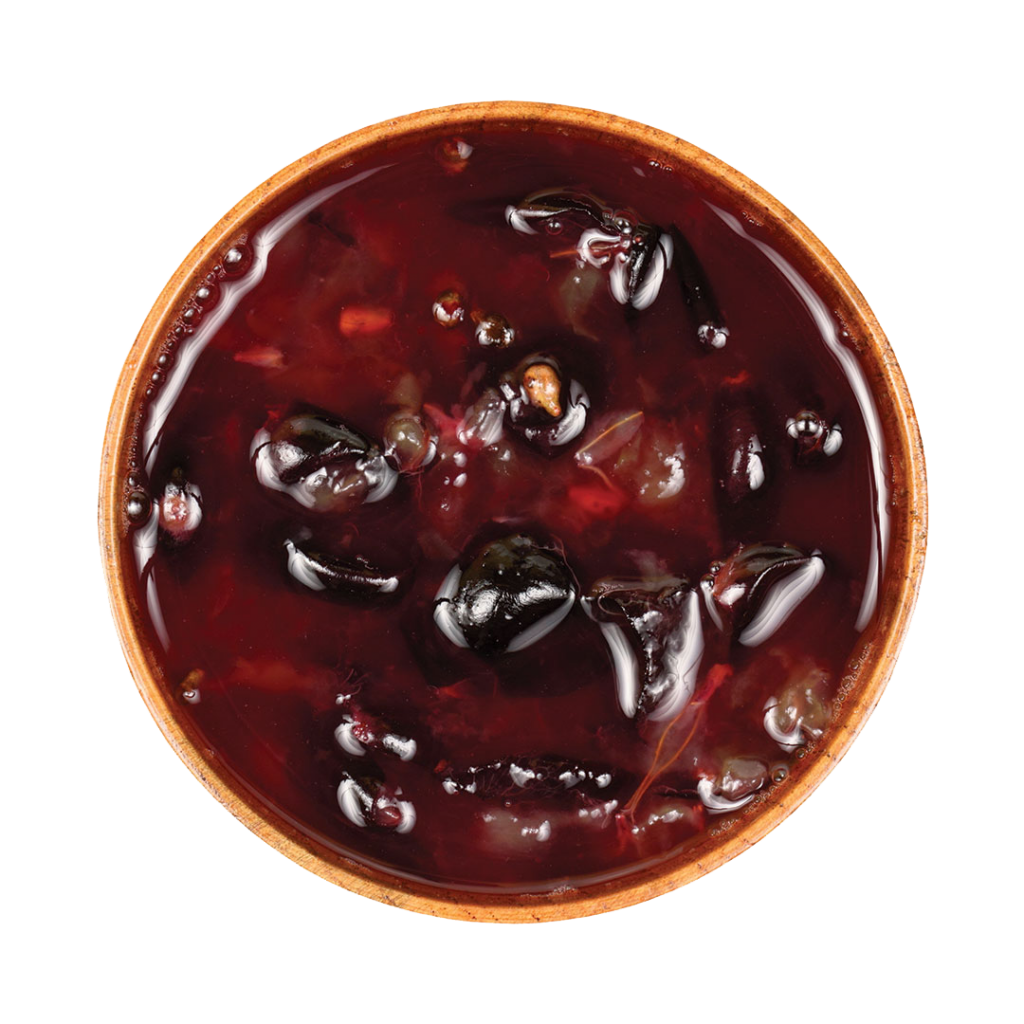
DROPS OF HEALTH
The recent habits of Western societies have led to a change in the eating patterns and to a more sedentary way of life, resulting in a widespread concern over health problems caused by that combination. Generally, the health benefits of wine pomace have been associated with the consumption of the so-called polyphenols. The phenolic compounds, chemical structures present in small quantities in foods of plant origin with preventive and/or curative effects, they show a variety of physiological properties: antioxidant, cardioprotective, anti-carcinogenic, anti-inflammatory, anti-aging, and antimicrobial. As a result, several foods have been successfully enriched in phenols by incorporating wine pomace products. Cereal products, mainly bread and cookies, account for the highest number of applications.
Besides, winemaking by-products could be converted to functional and novel foods due to their multifunctional characteristics. Dairy products, for instance, are currently fortified with whole wine pomace power and/or extract in order to increase the mineral content and inhibit the lipid oxidation. Grape waste has recently been found to be a natural preservative as well, prolonging the shelf life of foods. Finally, the utilization of these wastes has gained ground as a nutritional supplement for preventing circulation system diseases, lowering cholesterol levels or as an anti-inflammatory.
THE ELIXIR OF YOUTH
Those who seek to prevent skin aging have a good ally in grape antioxidants, particularly polyphenols and resveratrol. They bond with collagen, promoting youthful skin, cell health, elasticity, and flexibility. Moreover, extensive research suggests grapeseed oil is 20 times more potent than vitamin C and can be 50 times more effective than vitamin E. Therefore, products and wine-based beauty therapies such as vinotherapy are now an expanding market. This late trend in spa treatments consists in a massage technique and baths and wraps with oils, tonics, soaps and creams made from surplus wine production, such as grape extracts, seeds or leaves.
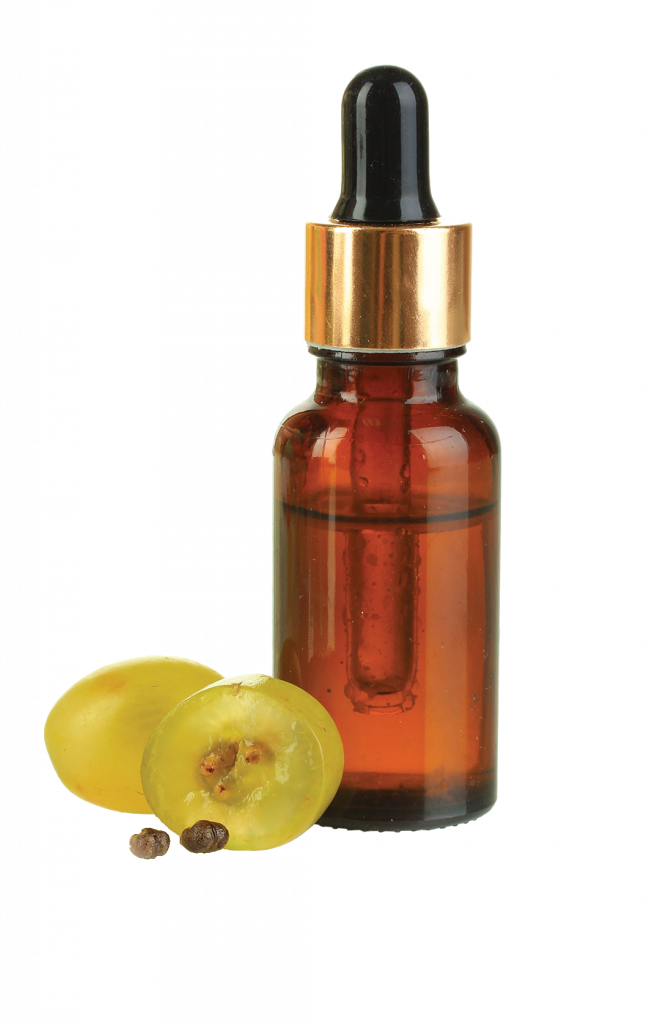
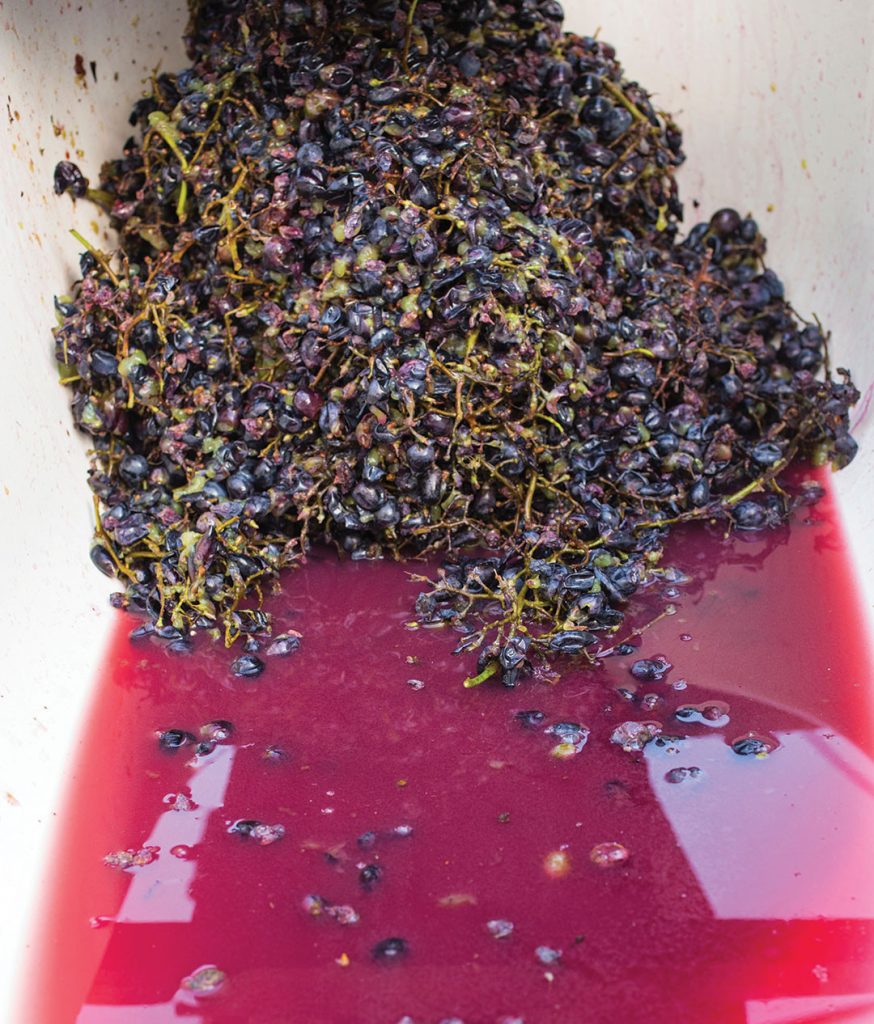
RUNNING ON WASTE
In regions with a large wine production, the usage of their natural waste to make biodiesel can result an interesting alternative. In Bordeaux, the world’s wine capital, grape marc is being transformed into bio-fuel and used to power local bus services. The project gathered Swedish busmaker Scania, French transport operator Transdev, and Bordeaux-based bioethanol producer, Raisinor France Alcools. The buses are easily noticeable for the large bunches of grapes painted on their sides with the words: “Je roule au bioéthanol issu du grape marc de raisin.” (“I run on bioethanol made from grape grape marc.”) Compared to diesel, bioethanol produces 85% fewer carbon emissions, 50% less nitrogen oxides and 70% fewer particulates.
BY THE WINE…
“Pomace” stems from the Latin “pomum” (fruit and fruit tree). The English were the first to use the term “pomace” to refer to the byproduct of cider production. The Ancient Greeks and Romans used pomace to create an inferior wine normally given to slaves and common workers. After the wine grapes had been pressed twice, their wastes were soaked in water for a day and pressed for a third time. The resulting liquid was mixed with more water to produce that thin, weak and thirst-quenching beverage, which later became known as piquette in France and Graspia or Vin Piccolo in Veneto.
In Roman mythology, Pomona was the Goddess of fruiting trees and orchards. Honored every year when autumn came, she was responsible for the transformation of flowers into fruits. That is why, unlike many other agricultural deities, Pomona is not associated with the harvest itself, but with the flourishing of fruit trees. She is usually portrayed bearing a cornucopia or a tray of blossoming fruit.

Engraving by Perrichon after a tapestry of the 16th century. (‘La Ilustracion Espanola y Americana’, 1877). In Ovid’s writings, Pomona married the Roman god of seasons and change because he disguised himself as an old woman, and then offered her advice on who she should marry.
SWEET VINEGAR
Vinegar is probably the most obvious but less admired wine byproducts. However, throughout history, vinegar has proven to be the most versatile of products. For the past 10,000 years consumers have used vinegar in a variety of ways. The most bizarre and impressive use for it until today might have been found by Cleopatra VII (69 B.C. – 30 B.C.).
Legend has it that, in order to show her wealth and power, the last reigning ruler of Ptolemaic Egypt, made a bet with her lover – the Roman general Marc Antony – that she could spend 10 million sesterces on one meal. “She ordered the second course to be served. In accordance with previous instructions, the servants placed in front of her only a single vessel containing vinegar. Antony was full of curiosity to see what in the world she was going to do. She took one earring off, and dropped the pearl in the vinegar, and when it was wasted away, swallowed it,” Roman naturalist and philosopher Pliny the Elder (23 – 79 A.D.) wrote in his Natural History.
Although modern scholars have dismissed the story as fiction, Cleopatra’s concoction has been demonstrated to be possible: the calcium carbonate in a pearl reacts with the acetic acid in vinegar to produce calcium acetate, water and carbon dioxide.

Cleopatra took one earring off, dropped the pearl in the vinegar, and when it was wasted away, swallowed it.


